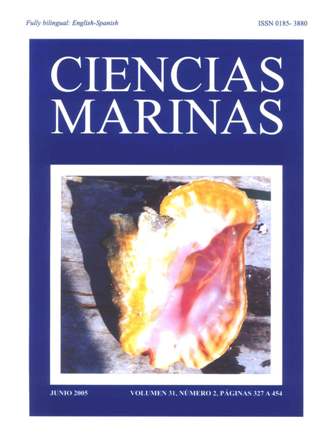Assessment of sediment metal contamination in the Mar Menor coastal lagoon (SE Spain): Metal distribution, toxicity, bioaccumulation and benthic community structure
Main Article Content
Abstract
The Mar Menor coastal lagoon is one of the largest of the Mediterranean Sea. Ancient mining activities in the mountains near its southern basin have resulted in metal contamination in the sediment. The metal bioavailability of these sediments was determined through laboratory toxicity bioassays using three Mediterranean sea urchin species and two amphipod species, and by means of field bioaccumulation measurements involving the seagrass Cymodocea nodosa. The effect of sediment metal contamination on benthic communities was assessed through benthic infaunal analyses, applying classical descriptive parameters and multivariate techniques. The sediments affected by the mining activities presented high levels of toxicity and metals were also accumulated in the seagrass tissues, pointing to metal bioavailability. Although the classical benthic indices were not clear indicators of disturbance, the multivariate techniques applied provided more consistent conclusions.
Downloads
Article Details

This work is licensed under a Creative Commons Attribution 4.0 International License.
This is an open access article distributed under a Creative Commons Attribution 4.0 License, which allows you to share and adapt the work, as long as you give appropriate credit to the original author(s) and the source, provide a link to the Creative Commons license, and indicate if changes were made. Figures, tables and other elements in the article are included in the article’s CC BY 4.0 license, unless otherwise indicated. The journal title is protected by copyrights and not subject to this license. Full license deed can be viewed here.

